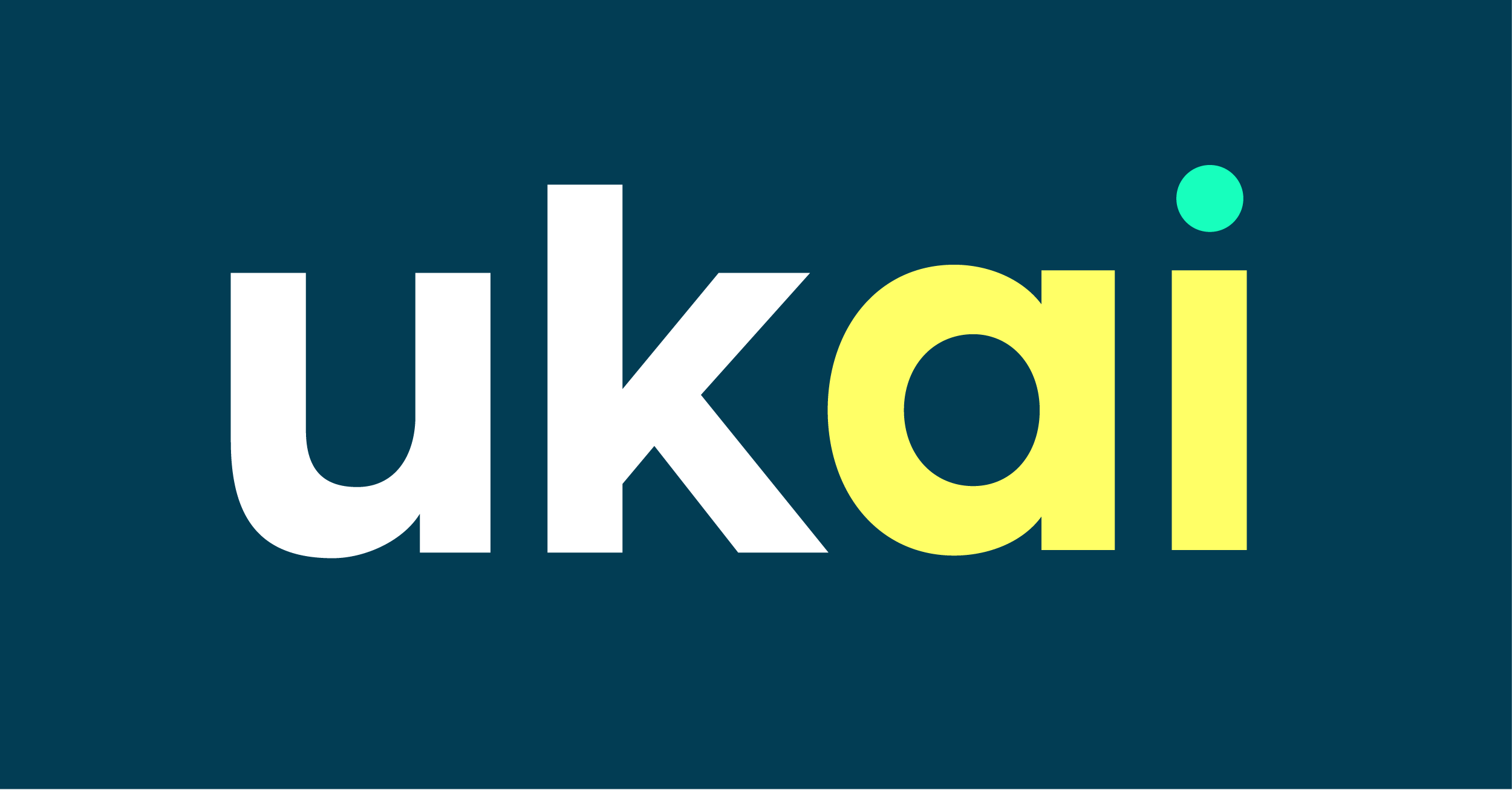AI in Healthcare: The Push for Trust, Transparency, and Safety Spurs New Regulatory Frontiers
However, critical gaps remain—particularly around liability. Unlike the EU, which is introducing no-fault compensation and explicit obligations under the AI Act, the US lacks a uniform approach. The fragmented landscape means healthcare organisations must form multidisciplinary teams—spanning clinical, legal, and ethical expertise—to navigate responsibility when AI missteps.
Privacy risks also intensify with AI’s appetite for sensitive health data. HIPAA governs core protections, but new risks arise as AI vendors, often beyond traditional healthcare boundaries, handle this data. Ensuring robust contracts, strict data minimisation, and third-party oversight is now a frontline concern.
Bias remains a pressing issue. Examples where AI models misclassify risk by race underline the need for representative datasets and active bias mitigation. As AI systems shape life-and-death decisions, algorithmic fairness becomes more than a technical issue—it’s a matter of equity.
Meanwhile, administrative AI tools, such as Simbo AI’s virtual receptionists and automated scribes, are revolutionising frontline operations, cutting errors and freeing staff to focus on patients. Yet adoption remains uneven due to integration, explainability, and cost hurdles.
Global trends are shaping domestic policy. The EU’s AI Act, which classifies tools like diagnostics as “high risk,” and the European Health Data Space initiative are nudging the US—and by extension, UK regulators—toward firmer governance of healthcare AI.
What’s clear is that patient trust must be the North Star. With clearer liability, stronger data safeguards, explainable models, and ethical guardrails, AI can help healthcare systems do more with less—without compromising safety. For the UK, aligning innovation with robust accountability will be critical to leading responsibly in the global health AI race.
Created by Amplify: AI-augmented, human-curated content.






